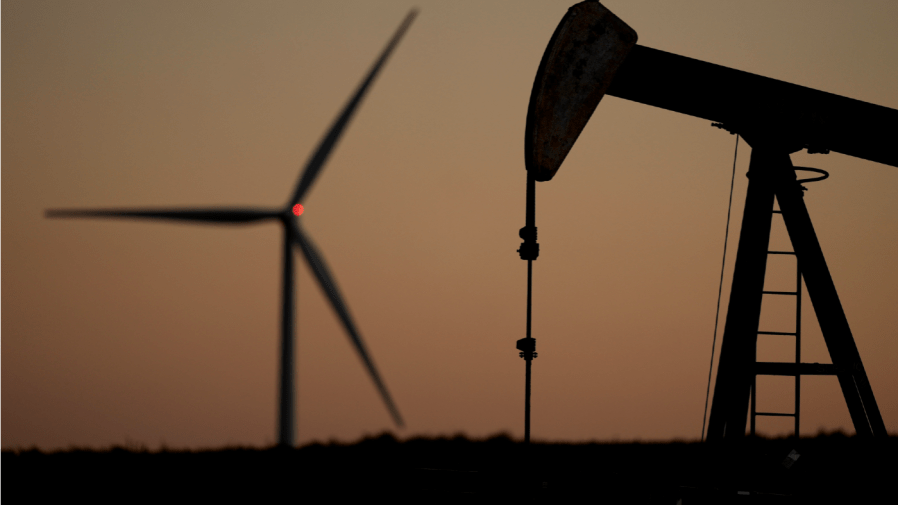
During a typically bombastic presidential campaign in 2024, Donald Trump sought to rally his climate-skeptic base in America’s oil-guzzling southern and midwestern states by promising a war on renewable energy and a drastic rollback of the burgeoning green transition.
It helped that the transition was a signature policy of his predecessor and nemesis, President Biden, whose Inflation Reduction Act had unlocked billions of dollars in subsidies and tax breaks for renewable energy companies and providers of alternative fuel.
Since he took power, Trump has made good on his promise. He’s withdrawn from the Paris Agreement (again). He has blocked approval for wind power, calling it “garbage”. He has paused hundreds of billions of dollars of green energy projects, keeping up his campaign pledge that instead Big Oil would be expected to “Drill, baby, drill
“The problem, for Trump, is that the people he hoped to impress with his climate-change bashing brouhaha are the very Republicans benefiting most from Biden’s green energy push. Texas, once synonymous with the oil industry, has emerged as America’s number one clean energy state. In 2023 it generated more power from solar than from coal for the first time.
In other Trump-voting strongholds the story is the same. Oklahoma, North Dakota, New Mexico and Idaho have all seen massive growth in renewables. That has translated into jobs for white and blue-collar Americans: job growth in clean energy is up 6 percent in Texas, 7.7 percent in Idaho and 6.9 percent in New Mexico, miles high compared to the overall job growth figure of a little over 2 percent.
Trump’s clean energy rollback threatens these jobs. Major renewable projects have already been canceled in the wake of his election, with hundreds of projects suspended.
The push into renewable energy is not about government dictates — it’s a result of market forces.
Over the past five years, U.S. coal consumption has fallen by nearly 30 percent, while Texas has attracted more than $60 billion in green investments over the last decade, fostering the creation of nearly 250,000 clean energy jobs.
Meanwhile, Big Oil is reluctant to follow Trump’s drilling demands. High oil prices translate to more cash, and ExxonMobil, Chevron and BP do not want to jeopardize profits by spending more to increase production.
Trump’s solution is in question. He has suggested he might have a quiet word with Saudi Arabia’s Crown Prince, Mohammed Bin Salman, to turn on the taps and ship more oil to the U.S. So much for America First.
But even in the oil-rich Middle East, attitudes are changing. While Trump guts America’s renewables potential, the crown prince is ramping up Saudi’s investments to get the kingdom generating half its energy from renewables by 2030.
Similarly, the Abu Dhabi National Oil Company has committed to net-zero by 2045 and spent billions investing in renewable energy and natural gas, including last year’s $16 billion acquisition of German chemicals company Covestro. The company has also launched an $80 billion fund to invest in renewable energy companies, including in the U.S.
Trump’s war on renewables, in other words, will not just damage the economic prospects of his own Republican support base. It’s going to endanger the competitiveness of the American economy overall, making way for Gulf oil producers to push full steam ahead.
This isn’t just bad for the climate — it’s bad for business, bad for jobs and bad for the people who voted for him.
Paulina Velasco is a political strategist who is involved in San Diego County’s Regional Decarbonization Framework and serves as part of the county’s Regional Equity Working Group, which advises the Office of Sustainability and Environmental Justice and identifies strategies to deliver on their climate targets while leveling out social inequalities relating to water and air pollution.












